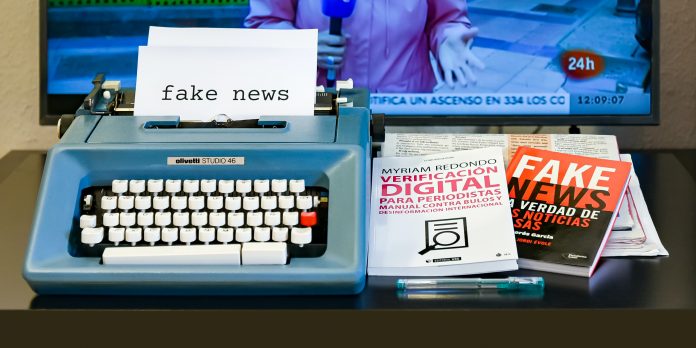When scrolling through social media, reading an article, or watching TV, you’re bound to find a popup of a novel piece of news. However, we all know at this point that fake news swarms the media. Whether it’s information about coronavirus, celebrities, space exploration, or medical discoveries, one cannot fully trust every source they stumble upon.
Fake news is classified as misinformation. It’s a deliberate attempt to mislead the audience, which can occur for various purposes. While many people might fall for those scams, others are always skeptical. But how can you trust a source? And how can you protect yourself from fake news? This article depicts the various methods by which you can avoid absorbing misinformation.
What Exactly Is “Fake News”?
Fake news can include both misinformation and disinformation. The former is incorrect, misleading information. The latter is when someone deliberately spreads false news. But we must know how to help ourselves from disinformation, as it’s more dangerous. The ultimate way to save ourselves from disinformation is through various fake news essay examples that guide you and allow you to resort to experts for help. As many are concerned about how to save ourselves from a disinformation event, recognizing false ones will keep society safe. The necessity of knowing how to keep fake news from ourselves prevents people from acting on lies.
Know Your News Sources
A survey conducted in December of 2020 studied whether news consumers accidentally spread false information through their social media platforms. A staggering 38.2% admit to sharing misinformation at some point, but without knowing it was misleading. Such mistakes often occur solely through the leading social media channels, including Instagram, Facebook, and Twitter. These are considered the hub for political, celebrity drama, and world news. While you should not be refraining from using them, simply don’t attempt to share information on those channels unless you’re positive it’s correct.
A way to protect yourself is simply questioning whatever essay you’re reading online. Ask yourself various questions, including: “who originally published this article?”, “Are the claims mentioned supported?” and “has this news been authenticated?” While even the best media outlets can spread false information, it’s often more credible once you answer the questions above. Hence, when you’re on social media, always aim to check the original source. Many tend to spread unreal pieces of information without checking the validity of the head.
Explore Beyond the Headline
Did you know that false news comes in various forms? Some examples include propaganda (primarily political), satire (a prank of some sorts), journalism errors (human mistakes), or even clickbait (catchy headlines). Hence, while clickbaity headlines might not necessarily be fake, they’re often meant to grasp someone’s attention.
The bottom line is that one should explore the piece beyond the title and first paragraph. For example, if the headline states, “The Asteroid That Will Destroy Earth,” it doesn’t necessarily mean that we will actually be hit by that asteroid. It could simply be a coy from the writer, aimed at capturing your attention to click and read further into the piece.
Avoid Your Own Bias/Gut Feeling
An extensive study on cognitive bias and social media news states that people are more emotionally-affected by headlines than anything else. They often disregard the author, the source, or even the quality of the post. Cognitive bias is when one misjudges information retained from the world around them. This occurs even if you trust your gut feeling. When it comes to social media, this can be presented in numerous ways. Some include the tendency to focus on headlines, the assumption that the news is accurate due to popularity, and the persistence of false statements through sharing.
But how can you save yourself from the false news deceiving you and causing cognitive bias? It’s pretty simple. Be mindful of the information you’re absorbing and sharing. Moreover, think more critically and be skeptical. A way to do so is by finding references to scientific resources and reports that confirm the story. Moreover, in the piece you’re reading, find out whether they state the source it’s taken from. After that, do your own fact-checking by finding the exact essay, report, or article that confirms or rejects the story.
Conclusion
The bottom line is that you cannot avoid being bombarded by fake news altogether. Not only is it spread across all social media channels, but not enough people are aware of the consequences. People often tend to act on emotional outbursts, which can be disastrous with the spread of false information.
However, while you cannot quit all social media channels, you can save yourself from disinformation. It’s simply through fact-checking, finding the original source, and doubting anything you read. Over time, you’ll get more accustomed to treading lightly around any piece you read online. After all, despite numerous attempts by platforms, misinformation is likely to persist for a long time.
Author’s Bio
Sven Eggers
Having graduated in Political Science, Sven chose to pursue another career altogether; information technology. However, he did not realize the effect it would have on him. Over time, he started merging both topics together, creating various articles on identity theft, political propaganda, and technological consequences.








